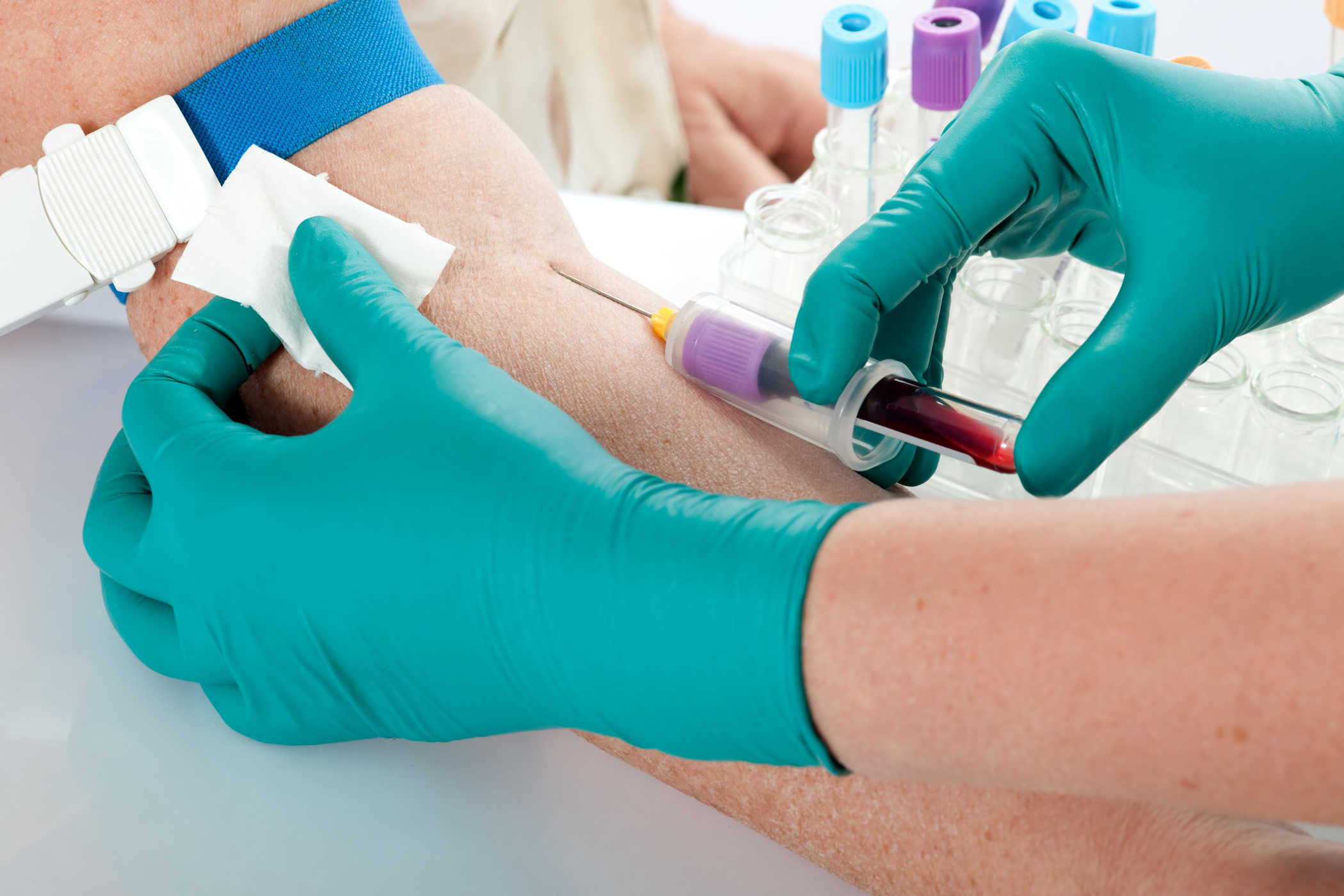Contents:
- Medical Video: Living Healthy With Liver Disease
- What were examined during liver function tests?
- 1. Alanine aminotransferase (ALT)
- 2. Aspartate aminotransferase (AST)
- 3. Alkaline phosphatase (ALP)
- 5. Albumin
- 6. Total Protein (TP)
Medical Video: Living Healthy With Liver Disease
Liver function tests are blood tests that are used for the benefit of diagnosis and screening of liver function. This series of tests measures the enzymes released by liver cells in response to damage or disease. Here is more detailed information about this general test.
What were examined during liver function tests?
The liver blood test usually consists of six separate tests performed on a single blood sample. This series of tests includes:
1. Alanine aminotransferase (ALT)
An enzyme called ALT is released from liver cells. In general, ALT is also present in the bloodstream but at low levels. The normal range of blood ALT levels is between 5 to 60 IU / L (International Units per Liter).
ALT can leak into blood vessels when there is an illness in the liver or there are damaged or dead liver cells. Increased ALT in the blood can be triggered by all types of hepatitis (due to viruses, alcoholics, or drug triggers). In addition, shock or drug toxicity can also increase ALT levels.
Regardless of how much ALT levels are in the blood, inflammation or death of liver cells can only be monitored by a liver biopsy. Although ALT levels in blood vessels are direct quantitative measurements, this test cannot be used to diagnose liver damage or disease progression.
2. Aspartate aminotransferase (AST)
AST is a mitochondrial enzyme found in the liver, heart, muscles, kidneys and brain. In many cases of liver damage, ALT and AST levels increase with a ratio of about 1: 1. The normal range of AST levels in the bloodstream is between 5 and 43 IU / L.
3. Alkaline phosphatase (ALP)
ALP is found in many body tissues (intestine, kidney, placenta, and bone) and is produced in the bile duct and sinusoidal membranes of the liver. If the bile duct is blocked, ALP levels will increase. In addition, ALP will increase if cirrhosis, sclerosing cholangitis and liver cancer occur.
The rest, bone disease, congestive heart failure, and hyperthyroidism can cause high levels of unexpected ALP. Increasing ALP levels can be caused by liver problems if GGT levels also increase. The normal range of ALP levels in the blood is between 30 to 115 IU / L.
4. Bilirubin
Bilirubin is a yellow liquid found in the bloodstream and is produced in the liver by red blood cells that die from age. The liver filters old red blood cells from the bloodstream in a chemical modification process called conjugation. These cells are then released into the bile, then channeled and partially absorbed back into the intestine.
Bilirubin levels can increase due to various diseases, including liver disease. If the liver is damaged, bilirubin can leak into the bloodstream and trigger jaundice, which is the yellowing of the eyes and skin accompanied by dark urine and light-colored faeces. Causes of increased bilirubin levels include:
- Viral hepatitis
- Blockage of the bile duct
- Liver cirrhosis
- Other liver diseases
A total bilirubin test measures the amount of bilirubin in a blood vessel. Normal total bilirubin levels range from 0.20 to 1.50 mg / dl (milligrams per deciliter). Direct bilirubin test (bilirubin direct) measures bilirubin produced in the liver. Normal levels of direct bilirubin range from 0.00 to 0.03 mg / dl.
5. Albumin
Albumin is the most abundant protein in the bloodstream and is produced by the liver. The albumin test is the easiest, most reliable and inexpensive. A liver that does not produce enough protein with proper function can cause low albumin levels. Initially albumin levels are usually normal in chronic liver disease until eventually cirrhosis and / or other liver diseases become quite serious and prevent the production of protein by the liver.
In addition, malnutrition, some kidney diseases, and other more rare conditions can cause a decrease in albumin levels. Albumin maintains blood volume in veins and arteries. If albumin levels decrease significantly, fluids can leak from the bloodstream to the surrounding tissue, causing swelling in the wrists and soles of the feet. The normal range of blood albumin levels is between 3.9 to 5.0 g / dl (gram / deciliter).
6. Total Protein (TP)
TP is a blood test that measures albumin and all other proteins in the bloodstream, including antibodies that help fight infections. A variety of different reasons can cause an increase or decrease in abnormal protein levels, such as liver disease, kidney disease, blood cancer, malnutrition, or abnormal body swelling. Normal levels of protein in the bloodstream range from 6.5 to 8.2 g / dl.
Hello Health Group does not provide medical advice, diagnosis or treatment.












